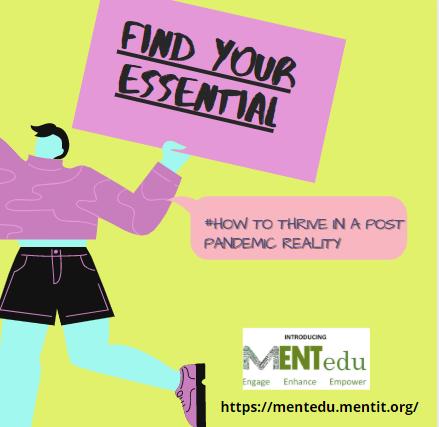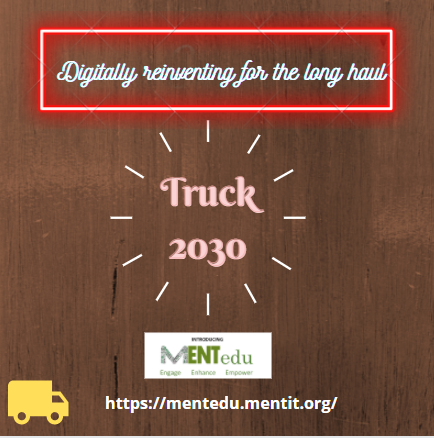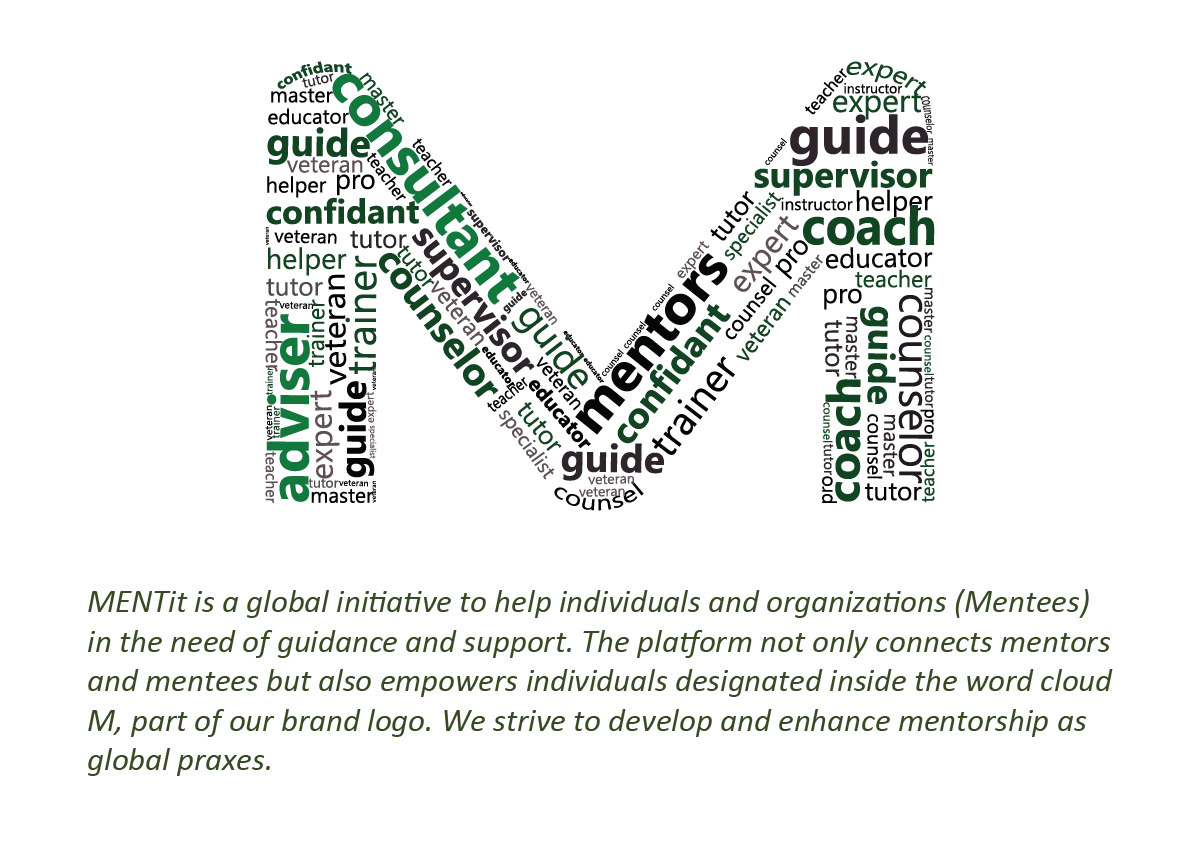Survey Report 2020
By Author: Mr. VIPIN AGRAWAL (MENTit Both)Affiliation:
The company which did the research report - U.S. Bancorp
About the company - U.S. Bancorp is an American bank holding company based in Minneapolis, Minnesota, and incorporated in Delaware. It is the parent company of the U.S. Bank National Association and is the fifth largest banking institution in the United States. The company provides banking, investment, mortgage, trust, and payment services products to individuals, businesses, governmental entities, and other financial institutions.
Area of research - The healthcare industry
Participants of the survey - The healthcare consumer survey is based on a national sample of 447 adults, 26 years of age or older, living in 43 different states.
Duration of the research survey - The United States in January 2020.
The main points of discussion in the survey:
- The patient experience
- Healthcare payments
- Data and payment security in healthcare
- Opportunities for improvements and innovation in healthcare
Findings of the survey:
1) The patient experience
- 67% of consumers worry they won’t be able to afford a surprise medical bill.
- In this year's survey, 40% of consumers said they had been surprised by a high medical bill in the past 12 months – a decrease from last year’s answer of 59%.
- When asked to define an expensive medical bill, 41% of consumers pointed to bills in the $100 to $500 range, and another 30% indicated bills between $501 and $1,000.
- Almost half (42%) talk to their healthcare provider about less expensive treatment options, and a quarter (25%) call their insurance company to discuss less expensive treatment options.
- 27% of consumers choose to delay or cancel the service.
- Using credit cards to pay for healthcare expenses occurs consistently across generations: 19% of millennials, 18% of Gen Xers and 17% of baby boomers.
- The survey showed 42% of consumers charged a medical bill to their credit card, 7% took out a personal loan and 6% got a payday loan.
- 39% say they either don’t seek this information out or don’t have a consistent source – an increase from 2019 when 26% said the same.
- Within the past year, 40% of consumers received a price quote prior to receiving medical service, and 50% were asked for pre-payment at that time.
- Only 13% believe a pre-service phone call from a healthcare provider is the most effective way to communicate price information.
- When asked how they want to receive bills, the order remains the same: Consumers overwhelmingly prefer mail (53%).
- 63% of consumers say they receive adequate cost information about their medical bills.
2) Healthcare payments
- With eight different industries and asked to choose the one that makes payment easiest, consumers tied healthcare and restaurants at #3 (10% each). That falls well behind the two considered easiest, grocery (47%) and retail (22%).
- When asked which industry makes payment hardest for consumers, 70% of respondents chose healthcare.
- Consumers use a variety of ways to pay their healthcare bills, with 64% reporting they made a payment at their provider's office and 36% indicating they mailed a check.
- 23% of consumers say they’ve experienced a change in how and when they’re asked for payment by their provider over the past two years.
- When asked which digital payment options are made available by their healthcare providers, consumers noted online portal (71%), mobile app (35%), interactive voice response (IVR) system (18%) and kiosk (11%).
- The number of consumers who are registered on one or more healthcare provider online portals remains steady with last year (66%).
- Nearly all (92%) HIT company professionals say they currently have payments integrated or embedded in their platform.
- Most HIT companies (78%) partner with or integrate two to four payment processors into their platforms.
- They find mobile apps (47%) to be the quickest electronic payment channel for healthcare providers to collect payments from consumers, followed by online portals (33%).
3) Data and payment security in healthcare
- 23% of consumers surveyed said they’ve had their credit or debit card information stolen within the past two years.
- 87% say using a credit or debit card for healthcare payments is very or somewhat secure.
- 83% believe healthcare providers are doing everything they can to protect their data.
- Security is certainly of great concern to HIT company professionals, and 99% say it’s very or somewhat important to providers and their patients.
- When asked which payment channel is most at risk, they point primarily to online payments (35%) and postal mail (30%).
4) Opportunities for improvements and innovation in healthcare
- The majority of both consumers (67%) and HIT company professionals (92%) say healthcare is keeping pace with other industries when it comes to payment innovation, meaning creative ways to view and pay bills.
- Both consumers and HIT company professionals choose retail (34% and 47%, respectively), grocery (31%, 41%) and banking (25%, 54%) as the top three industries they wish healthcare would emulate.
- Payment solutions are a very important part of a tech company’s revenue, and keeping up with the evolution of payments will be essential to any HIT company’s success.
- Artificial Intelligence: 82% are currently incorporating AI or machine learning in their platform, whereas last year only 30% said they were using it. 73% are looking to better incorporate AI or machine learning to advance the capabilities of their platform within the next two years.
- Pay by Text: Three-quarters are currently offering pay by text to prompt consumer payments by phone – 56% having added it within the past 12 months. 94% say it has increased overall receivables collection for the healthcare providers they work with, and 96% would recommend pay by text to healthcare providers to increase payment collections, regardless of whether their company currently offers it.
- Contactless Payments: 83% say their company currently uses a cloud-based payment solution to support contactless card and phone (mobile wallet) payments for customers – 53% having added it within the past 12 months.
- Mobile App: A mobile app that supports payment acceptance and billing are offered by 91% of HIT companies – 48% having added it within the past 12 months. 95% say it has increased overall receivables collection for the healthcare providers they work with, and 96% would recommend it to healthcare providers as a way to increase payment collections, regardless of whether their company currently offers it.
- Biometric Security: When asked if they’d support adding biometric identification checking (such as facial recognition or fingerprint scanning) in order to improve security, an overwhelming 97% of HIT company professionals said yes. 95% said they think consumers would support the use as well.
Across the healthcare industry, one goal has driven the conversation for years: improve outcomes while lowering costs and enhancing the patient experience. It’s a big goal, and for many providers and insurers, it’s driven a shift toward value-based care.
Questions :
1) The report was done by?
- US Bancorp
- Global markets
- Societe generale
- Synchrony
2) What is the title of the study report?
- Achieving financial goals
- Survey report 2020
- Social mobility
- Economic growth
3) What kind of services is provided by US Bancorp?
- Auditing
- Human resource
- Banking and financial services
- Investment policies
4) From where were the participants of the survey?
- China
- Asia
- Europe
- US
5) When was the report done?
- 2020
- 2016
- 2018
- 2017
6) How many participants were included?
- 520
- 447
- 684
- 321
7) ______% of consumers worry they won’t be able to afford a surprise medical bill.
- 82
- 67
- 49
- 53
8) _____ % of consumers said they had been surprised by a high medical bill in the past 12 months.
- 40
- 32
- 56
- 74
9) What % of consumers pointed to bills in the $100 to $500 range as an expensive medical bill?
- 63
- 85
- 41
- 12
10) With eight different industries and asked to choose the one that makes payment easiest, which one was the most rated one?
- Retail
- Groceries
- Healthcare
- Banking
11) What % of consumers surveyed said they’ve had their credit or debit card information stolen within the past two years?
- 56
- 82
- 23
- 41
12) What % believe healthcare providers are doing everything they can to protect their data?
- 83
- 52
- 91
- 76
13) What % are currently incorporating AI or machine learning on their platform?
- 65
- 82
- 91
- 73
14) When asked which payment channel is most at risk, they point primarily to _____?
- Online payment
- Portal mail
- IVR
- Cash
15) ____ companies are currently offering pay by text to prompt consumer payments.
- 2/5
- ½
- ¾
- 1/4
16) ____% say their company currently uses a cloud-based payment solution to support contactless card and phone (mobile wallet) payments for customers.
- 83
- 72
- 91
- 64
17) ____% would recommend a mobile app to healthcare providers as a way to increase payment collections, regardless of what their company currently offers.
- 85
- 74
- 96
- 52
18) When asked if they’d support adding biometric identification checking (such as facial recognition or fingerprint scanning) in order to improve security, an overwhelming _____% of HIT company professionals said yes.
- 64
- 82
- 97
- 28
19) ____% of consumers say they’ve experienced a change in how and when they’re asked for payment by their provider over the past two years.
- 23
- 45
- 62
- 18
20) ____% of consumers say they receive adequate cost information about their medical bills.
- 52
- 63
- 41
- 74
References:
Disclaimer:
The views/opinions expressed in this blog by me as a MENTit user are my personal. MENTit or its promoters or other users may not share the same views or opinions as mine. If any copyright/trademark/patent/plagiarism/controversy issue emerges because of this article written by me, I, as an author, shall be the sole responsible for the consequences.








